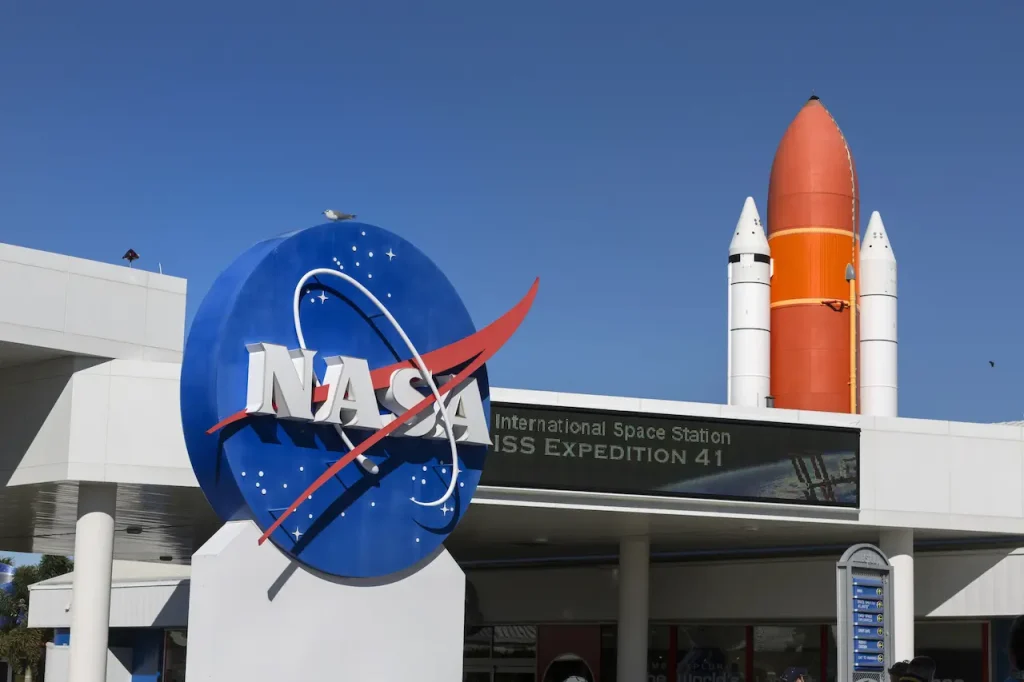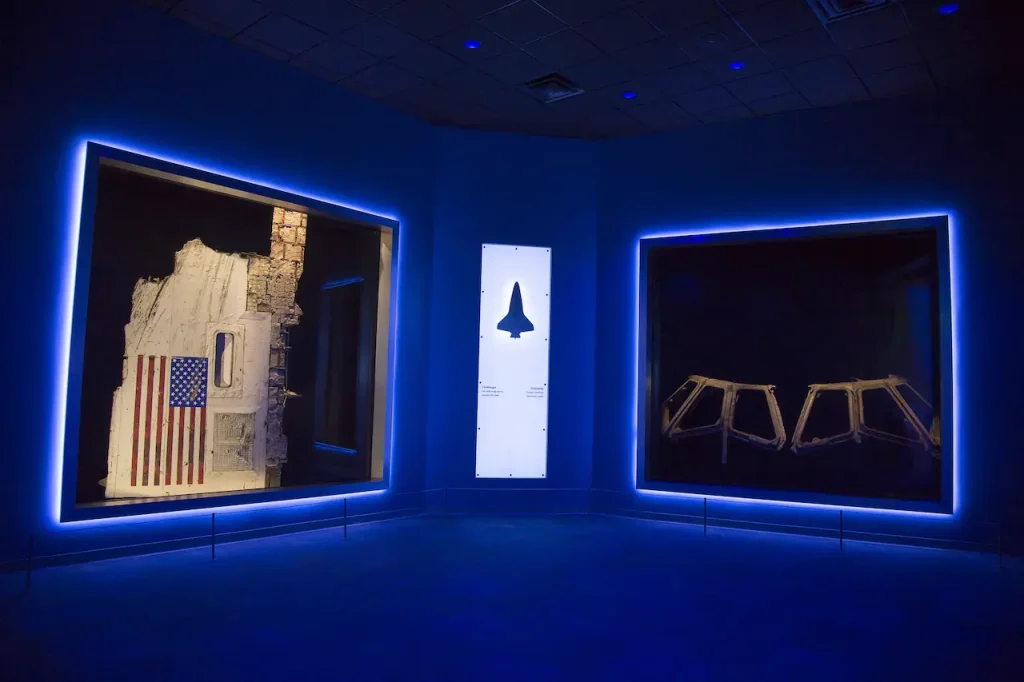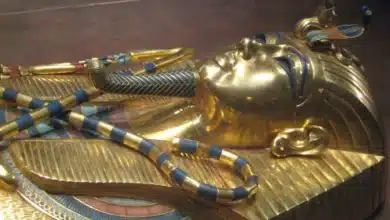5 Myths About The Challenger Shuttle Disaster
The Truth Behind the Challenger Explosion
It’s time, thirty years after the Challenger shuttle disaster, to revisit the truth and challenge some of those persistent myths. Let’s start with an unexpected fact: despite what some people have believed, there was no midair explosion.
Millions watched in horror on the morning of the 28th January 1986 as the space shuttle Challenger exploded 73 seconds after launch. The sky over Cape Canaveral in Florida was filled with a massive plume of smoke and vapour, creating the illusion of an explosion. The shuttle didn’t explode as we know it. Instead, a structural failure due to a rupture in one of its solid rocket boosters caused the external fuel tank to disintegrate. Aerodynamic forces tore the vehicle apart as it went off course. All seven astronauts, including Christa McCauliffe, the first civilian to fly in space, died.
Many misconceptions persist about the Challenger tragedy, despite extensive investigations and reports in the public domain. Public understanding has been clouded by misinformation, incorrect details and simplified retellings. Revisiting the facts decades later helps us honour those who died and reminds us of the importance of transparency and accountability in space exploration.

5 Challenger Disaster Myths
Myth 1: Challenger Exploded
One of the persistent myths about the Challenger disaster involves the belief that the shuttle exploded just 73 seconds after it lifted off from the Kennedy Space Centre, Florida. There was no explosion. The shuttle did not explode, Valerie Neal, curator of the National Air and Space Museum, Washington, D.C., said. Steve Nesbitt, NASA’s public affairs officer, famously said during live coverage of the event that “the vehicle had exploded.” This line cemented this misunderstanding into public memory.
The subsequent investigations revealed a much more complex and sobering scenario. The failure of the O-ring seal in the solid rocket booster on the right caused hot gases to escape, eventually breaching the external fuel tank. The tank collapsed and released massive quantities of liquid oxygen and hydrogen propellants. These volatile chemicals ignited into a spectacular fireball when they mixed. But the Challenger orbiter itself was structurally intact several seconds later. The shuttle was still climbing when it began to experience uncontrollable forces because of the sudden loss of structural support and thrust.
Neal said that the orbiter “was trying very hard” to keep on its course because it felt something was very irregular happening beneath it. The shuttle disintegrated quickly without the external tank or boosters. The tail and engine sections broke away, the wings were sheared off, and the cabin of the crew separated from the payload area. The components fell from the sky and broke apart more upon impacting the Atlantic Ocean. It is important to understand the sequence of events, not only for historical accuracy but also so that we never forget Challenger’s lessons.
Myth 2: Challenger Crew Died Instantly
The seven astronauts of the Challenger space shuttle smiled at the cameras and waved as they headed towards the launch pad on January 28, 1986. They were unaware of the tragedy that would unfold shortly. The myth that the astronauts died instantly after the shuttle “exploded” has been perpetuated for decades. In reality, there was no explosion, and their final moments were far more sobering and complex.
Investigations have revealed that the breakup of the shuttle did not destroy the cabin immediately. The crew compartment was largely intact, even though the shuttle broke up in midair. It continued to ascend before plummeting at speeds exceeding 321 km/hr into the Atlantic Ocean. Valerie Neal explains that astronauts’ remains were found still in their seats, proving that they survived.
It is still unclear if the astronauts were conscious or not during their descent. The NASA medical report stated that it was “possible, but not certain” that the crew had lost consciousness during flight due to a loss of pressure in the crew module. If this is true, then they could have been unaware on their final descent. The exact moment they died cannot be determined. However, there is no evidence to support the notion that they died instantly. This sad truth highlights the gravity of the shuttle failure and gives a human face to an event that is too often remembered as abstract.

Myth 3: Millions Watched on Live TV
In the days and hours following the Challenger tragedy, many believed they had witnessed the tragedy unfolding live. Valerie Neal explains that the National Air and Space Museum curator explained how the constant replays contributed towards the widely held, but inaccurate, belief of having witnessed the tragedy in real time. The launch was not broadcast live by most of the major networks. It took place at 11:39 am on a Tuesday, when most Americans were in school or at work. The accident was only seen by a small audience. This included those who watched CNN or NASA’s satellite feed. The false collective memory shows how intense media coverage after the accident shaped public perceptions and emotions.
Myth 4: Cold Caused the Disaster
Icicles clung to Kennedy Space Centre’s launch tower on the morning of the Challenger disaster, a sign of unusually cold weather. The temperatures were below freezing, making this the coldest launch of a shuttle in NASA history. A common myth holds that only the cold caused the rubber O-ring to fail, a seal crucial in the right solid booster (SRB). Shuttle historian Valerie Neal has clarified that the myth is oversimplified. Although cold weather played a role, engineers observed partial O-ring erosion in the past on days when temperatures were not as low, suggesting that temperature wasn’t the only culprit.
The Challenger disaster, it was revealed in subsequent investigations, was caused by a combination of technical and organization failures. The O-ring at the SRB joint did not seal properly. This allowed superheated gas to escape and burn through both the external fuel tank and booster casing. The structural failure of the shuttle occurred just over a second after launch. Analysts concluded the cold temperatures exacerbated the problem, but that NASA’s decision not to heed the warnings of engineers and the SRB joint’s flawed design also played a critical role. In effect, it was a perfect storm caused by technical flaws and human error.

Myth 5: Shuttles Now Have Ejection Seats
It was only moments away from catastrophe as Challenger rose above the exhaust vapours at Kennedy Space Centre and startled nearby birds. It was a common myth that NASA added an ejection seat to all shuttles following the Challenger disaster. Curator Valerie Neal explained that these seats were too heavy and dangerous due to the pyrotechnics. They could only be used by the co-pilot and commander, not enough to save a crew.
NASA implemented a rescue system in the wake of this disaster. The system included a “escape-pole” of ten feet (three meters) that could be used in emergencies. The astronauts would grab the pole and slide past the shuttle’s wings before parachuting to safety. Neal stressed that the system was not without its limitations. The system could only be used when the shuttle was travelling horizontally and at a certain speed and height. The bailout system was completely ineffective when Challenger crashed because it was still ascending vertically at a rapid rate of acceleration.
Conclusion
The myths that surround the Challenger disaster, such as the incorrect belief that the shuttle exploded or that the crew instantly died, or the false belief that ejection chairs could have saved them, demonstrate how public perceptions can be easily influenced by media coverage, early reports and emotional impact. These narratives might give the impression of closure or simplicity, but in reality, they are far from accurate. Understanding the real events, the technical failures and the limitations of the shuttle design honours not only the memory of Challenger’s crew, but also reinforces how important it is to have accurate information, critical enquiry and continuous improvement within the field of space exploration.




